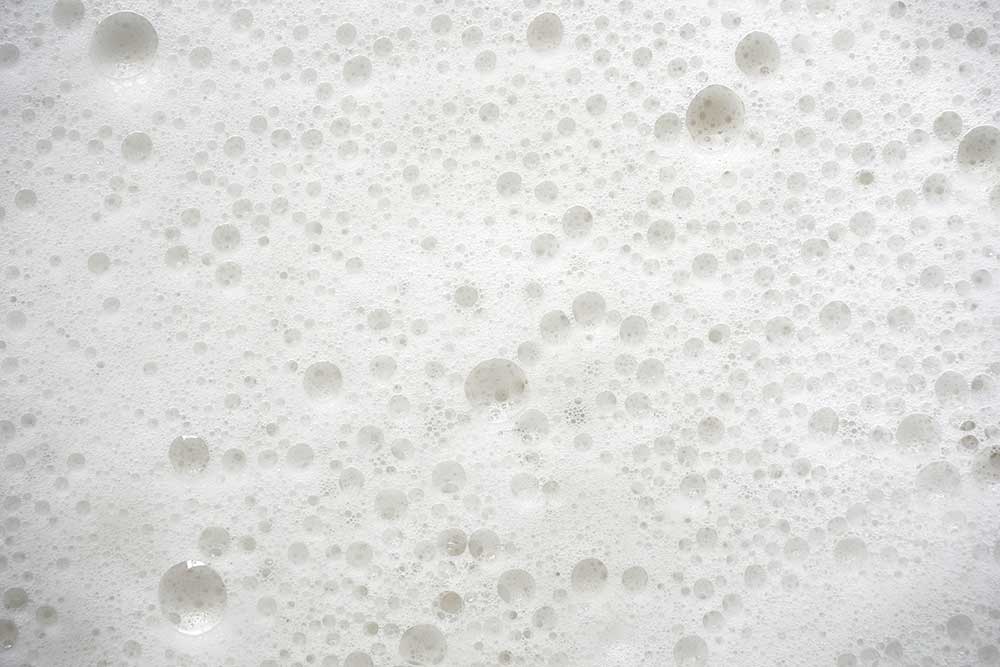The Role of Defoamers in the Chemical and Food Processing Industries
The Function of Defoamers in Enhancing Product Top Quality and Efficiency
Defoamers serve as crucial additives that reduce this problem, ensuring smoother production operations while improving the useful and aesthetic features of the final items. The selection of the appropriate defoamer can be important to achieving ideal results, increasing vital concerns concerning solution compatibility and efficiency metrics that warrant more exploration.
Recognizing Defoamers
Understanding the function of defoamers is crucial for keeping item quality across various industries. Defoamers are chemical additives made to protect against the development and reduce of foam in liquid systems, which can adversely influence procedures such as blending, filling, and surface stress. Frothing can cause ineffectiveness, item flaws, and jeopardized aesthetic appeal, making defoamers a critical part in making procedures.
In commercial applications, defoamers assist to enhance item consistency and security. The efficient use of defoamers not just guarantees smoother manufacturing procedures but additionally contributes to premium product performance.
Moreover, the option and formulation of a defoamer need to align with specific application needs, such as compatibility with other active ingredients, effectiveness under differing temperature and pH problems, and prospective governing constraints. Ultimately, understanding defoamers' functions and their relevance in various formulas is vital for enhancing manufacturing and making sure the finest quality final product.
Kinds Of Defoamers
Defoamers can be categorized right into several kinds based upon their structure and device of action. The primary types consist of silicone-based, non-silicone organic, and inorganic defoamers.
Silicone-based defoamers are amongst the most reliable, mostly because of their capability to spread out quickly on the fluid surface and disrupt foam formation. Their one-of-a-kind chemical structure permits remarkable stability, making them suitable for high-temperature applications and atmospheres with varying pH levels.
Non-silicone natural defoamers, frequently made up of natural oils or fatty acids, are valued for their biodegradability and reduced poisoning. These are generally utilized in food and beverage applications where security and environmental effect are vital.
Inorganic defoamers, which consist of compounds like talc or calcium carbonate, act by enhancing the density of the liquid, thus decreasing foam security. They are often utilized in industrial procedures where compatibility with various other products is not a problem.
Each sort of defoamer has distinctive benefits and restrictions, permitting for customized services depending upon the specific frothing concerns run into in different applications. Comprehending these differences is critical for maximizing efficiency and achieving desired item top quality.
Applications Throughout Industries
Countless markets leverage defoamers to boost product top quality and operational effectiveness. In the food and beverage market, defoamers are important in processes such as developing and dairy products production to avoid foam development, which can cause ineffectiveness and item variance. By controlling foam, makers can guarantee better return and a more consistent item.
In the pharmaceutical market, defoamers play a vital function in the formulation of fluid medications, where extreme foam can hamper mixing and accurate dosing. Their usage assists keep the stability of the solutions and helps with smoother production procedures.
The paint and coverings sector also depends on defoamers to boost the performance of items during application. By lessening foam, these ingredients make certain a smoother surface and improve the visual qualities of the last product.

Benefits of Utilizing Defoamers
While the application of defoamers varies across industries, their advantages constantly improve product high quality and procedure performance. One significant benefit is the reduction of foam formation throughout making processes, which can otherwise lead to manufacturing hold-ups and inconsistencies in item top quality. By decreasing foam, defoamers make it possible for a smoother flow of materials, assisting in much more efficient procedures and lowering the chance of tools malfunctions.
Additionally, the usage of defoamers can enhance the appearance and texture of end products. In industries such as finishings, paints, and food processing, too much foam can jeopardize the visual aesthetics and total high quality, while the suitable defoamer application makes sure a consistent finish and preferable attributes. Defoamers can add to cost financial savings by decreasing waste during production and enhancing the use of raw materials.

Choosing the Right Defoamer
Choosing the best defoamer is vital for optimizing production processes and guaranteeing product quality. The selection of defoamer influences not only the efficiency of foam control but also the overall efficiency qualities of the end product. Factors to consider consist of the kind of application, the chemistry of the formula, and the ecological conditions under which the item will certainly be made use of.
Different industries might need specific defoamer types, such as silicone-based, natural, or polymeric defoamers. Understanding the compatibility of the defoamer with the key ingredients is vital to stay clear of damaging reactions that could jeopardize item stability. Furthermore, the defoamer's efficiency in various temperatures and pH levels need to be reviewed to make certain constant performance.
Evaluating the defoamer in small-scale applications can this contact form provide useful insights into its efficiency and suitability. Consideration of governing conformity, especially in food, drugs, and cosmetics, is paramount in choosing YOURURL.com a defoamer. Inevitably, a thorough evaluation of these variables will cause the option of a defoamer that not only controls foam efficiently yet also improves the top quality and efficiency of the last product.
Final Thought

In verdict, defoamers are vital additives that substantially enhance product high quality and efficiency throughout various industries. The calculated selection and application of defoamers lead to set you back savings, optimized source usage, and raised consumer complete satisfaction.
Frothing can lead to inadequacies, product flaws, and jeopardized visual appeal, making defoamers an important component in making procedures.
